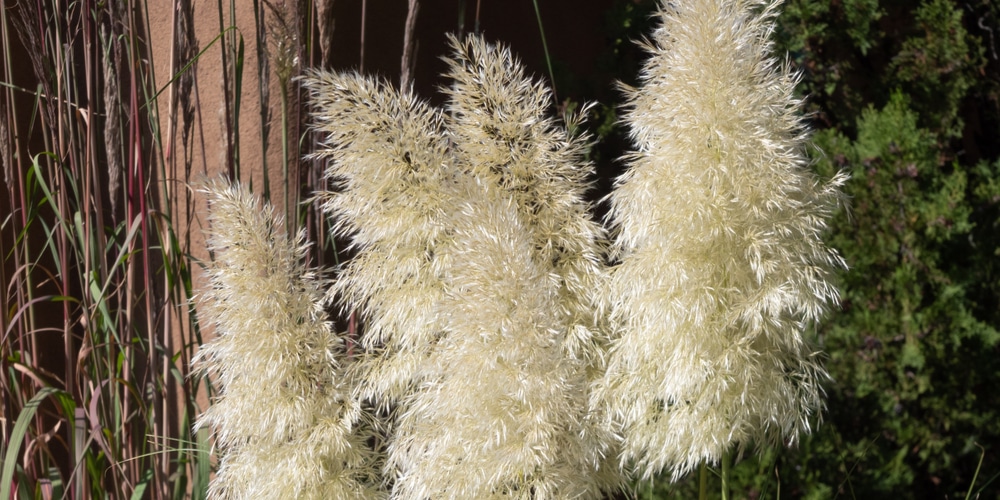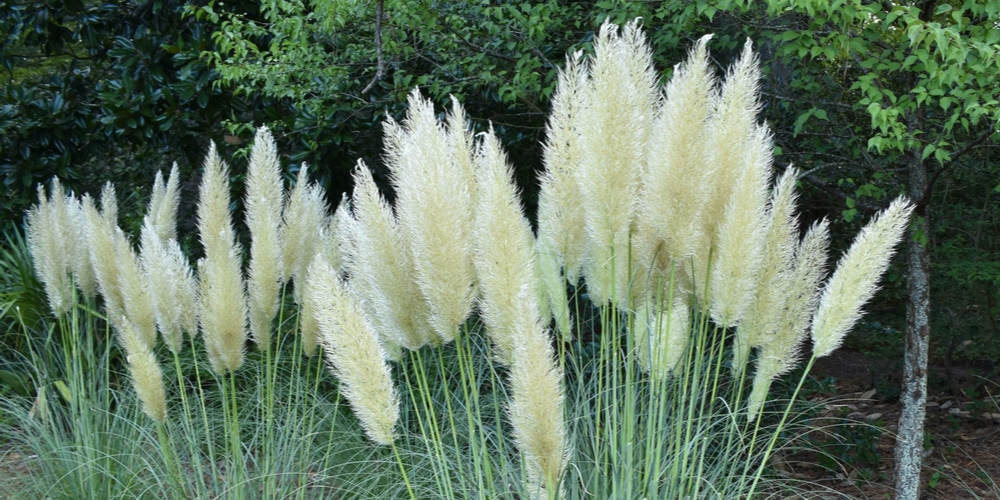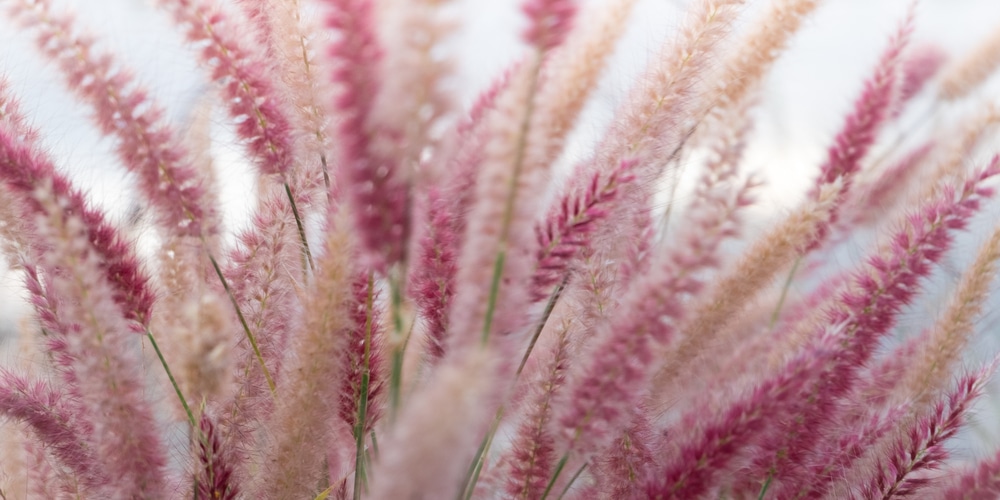Pampas grass is a beautiful ornamental plant found in many yards and gardens. It’s also one of the fastest-growing plants around! This blog post will discuss everything you need to know about pampas grass growth rates.
We’ll cover everything from planting to care and maintenance. So if you’re interested in adding some pampas grass to your yard, keep reading!
Pampas Grass’ Life Cycle
Pampas grass is a perennial plant that originates in South America. Its name comes from the Spanish word “pampa,” meaning plain or countryside.
Pampas grass is known for its tall, feathery plumes, ranging in color from white to pink to pale purple. These plumes are long, slender leaves known as blades. Each blade is attached to a stem, or culm, which can grow up to 12 feet.
The pampas grass plant produces new blades throughout its lifetime. In the spring, new shoots appear at the base of the plant. These quickly develop into full-sized blades, which remain green throughout summer.
As fall approaches, the tips of the blades begin to turn brown and eventually die back. In the winter, the plant goes dormant, with only the root system remaining alive. New growth starts again in the spring, completing the cycle anew.
Pampas grass is commonly used as an ornamental plant due to its attractive appearance. It is also tolerant of a wide range of conditions and grows in both hot and cold climates.
However, pampas grass can spread invasively and has become a problem. If you’re thinking of planting pampas grass, check with your local authorities first to make sure it’s allowed in your area.
Pampas Grass Growth Rates
Pampas grass is relatively easy to grow from seed, and the plant will reach full maturity and bloom within 2-4 years. It is also a perennial, meaning that it will come back year after year for 15 years or more.
In the spring, pampas grass will produce numerous bulbs, which can then be transplanted to create new plants. With its striking plumes and graceful form, pampas grass makes a beautiful addition to any garden.
How fast does pampas grass grow?
Pampas grass is one of the fastest-growing plants around! Under ideal conditions, it can grow up to 12 inches per month. However, more commonly, pampas grass will grow at about six inches per month.
The speed of growth will vary depending on the conditions in which the plant is growing. For example, pampas grass will grow more slowly in colder climates or if the soil is poor quality.
Pampas Grass Planting
If you’re thinking of planting pampas grass in your yard, there are a few things to consider. First, pampas grass is a huge plant and will need plenty of space to grow.
It’s best to plant pampas grass in an open area where it will have room to spread out. Pampas grass also needs full sun to grow well, so choose a spot that gets plenty of sunlight.
When it comes to soil, pampas grass is relatively tolerant. It will grow in most soil types as long as it is well-drained. Pampas grass will also need regular watering, especially when it’s first established.
Once the plant is established, it will be more drought-tolerant. However, during periods of extended drought, you may need to give your pampas grass an occasional deep watering.
Pampas Grass Care and Maintenance
Pampas grass is a low-maintenance plant that doesn’t require much care. However, you can do a few things to help it stay healthy and look its best. First, be sure to fertilize your pampas grass once a year in the spring.
You can use any fertilizer, but be sure to follow the directions on the package.
Pampas grass also needs to be pruned once a year to remove any dead or dying blades.
The best time to prune pampas grass is in the fall, after the plant has gone dormant. You can either cut the whole plant down to the ground level or remove the individual blades that are brown and dead.
How fast does pampas grass grow: Conclusion
Pampas grass is a beautiful, easy-to-care-for plant that can add a touch of elegance to any garden.
With its graceful plumes and fast growth rate, pampas grass is an excellent choice for anyone looking to add some instant drama to their yard. Just be sure to give it plenty of space to grow and keep an eye on its water needs, and you’ll have a healthy, happy pampas grass plant for years to come.
Related Article: How to Cut Back Pampas Grass?


